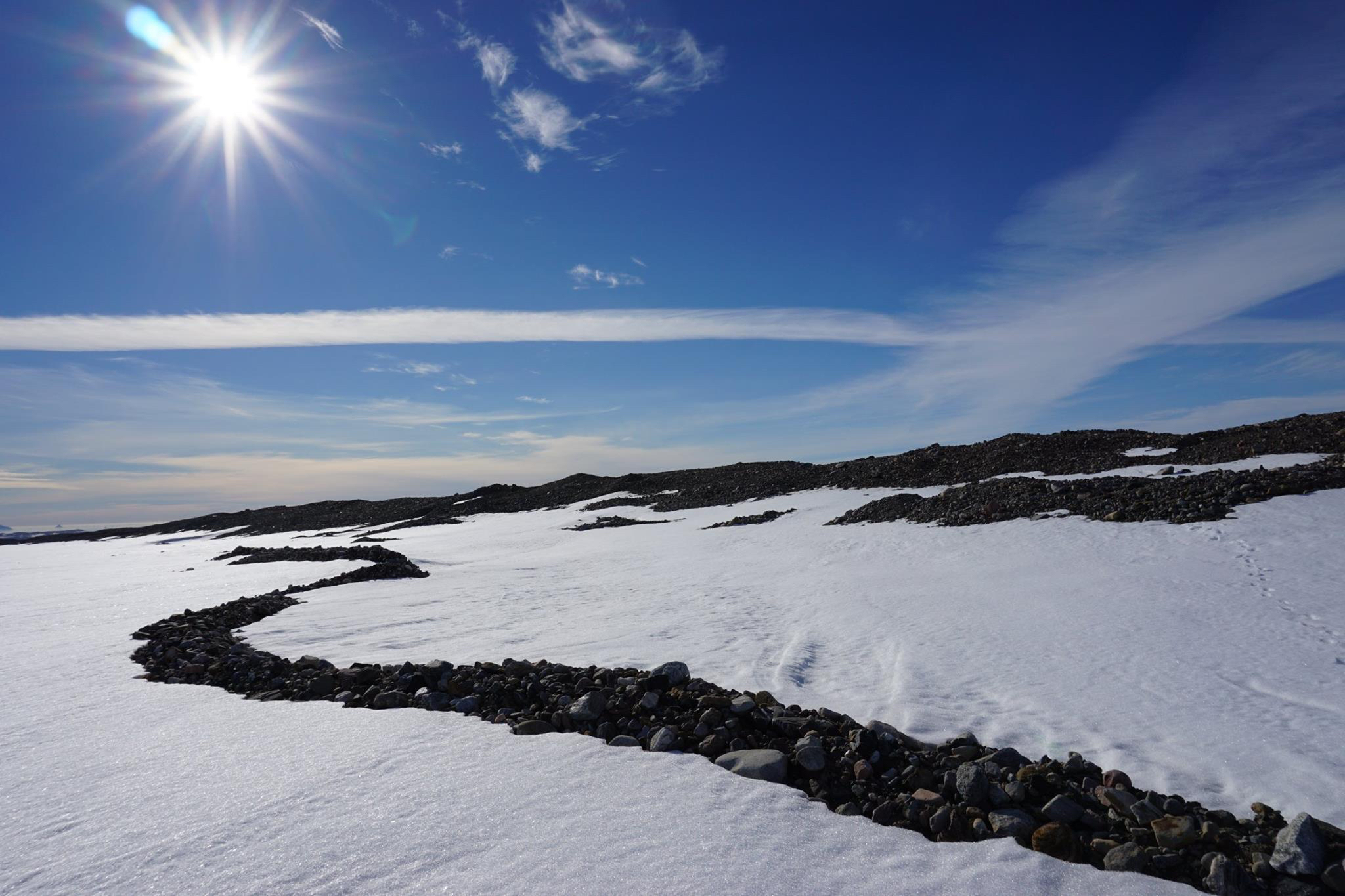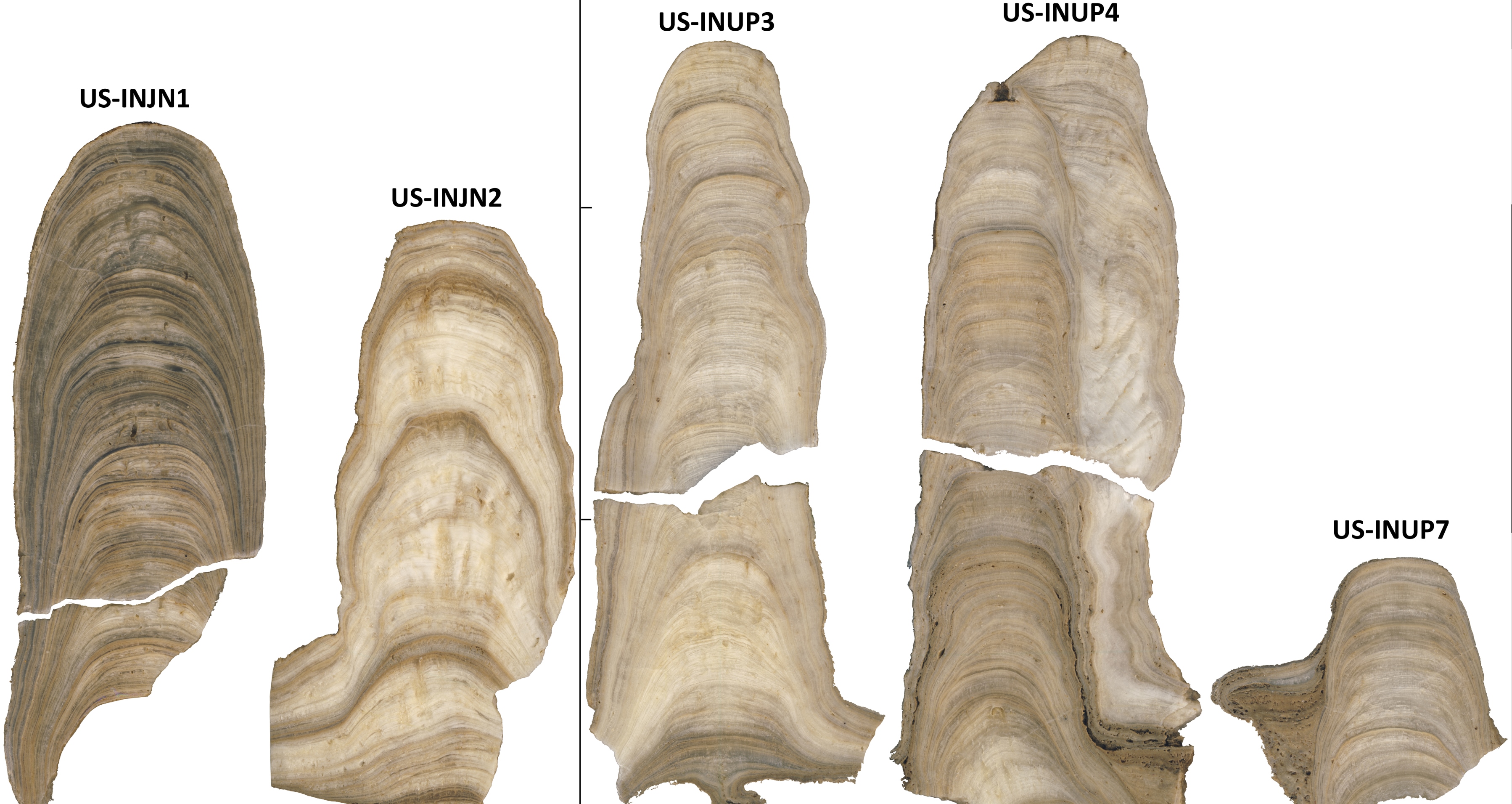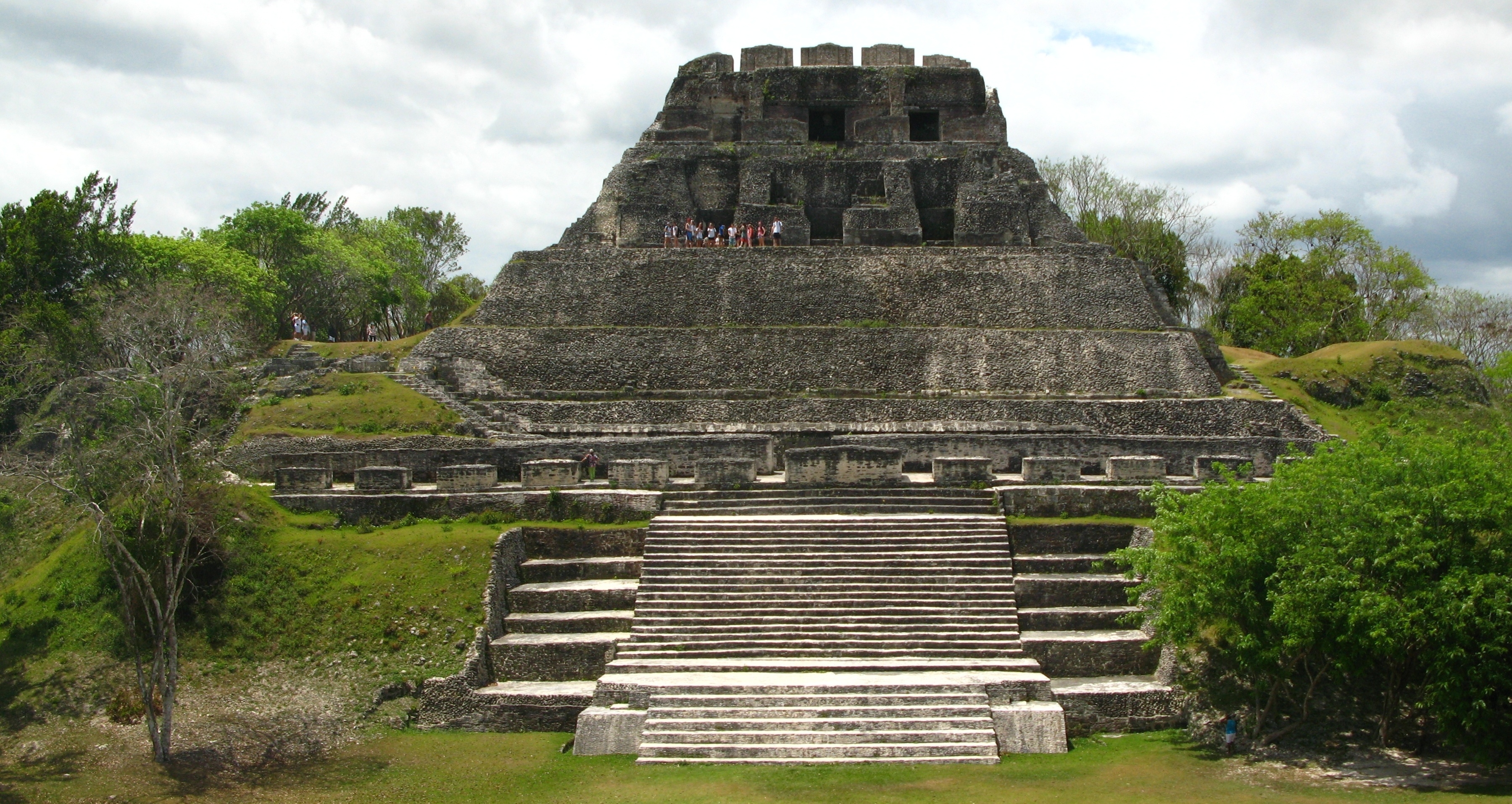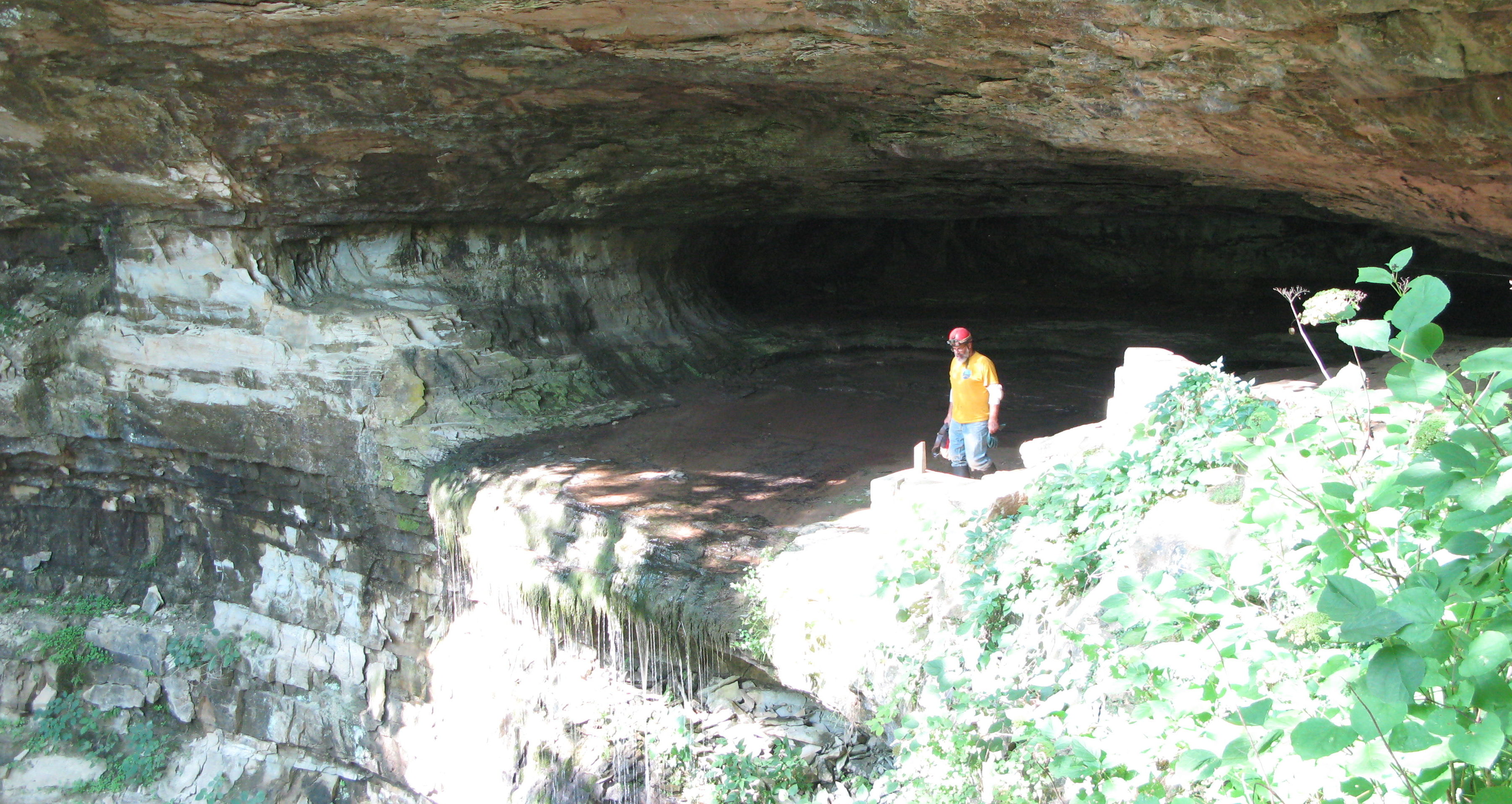East Antarctica is the largest reserve of ice on Earth and will be decisive in determining how severe future sea levels rise. Follow along with Project EAIIST as we journey across the remote interior ice sheet in search of samples that will help us better understand this risk.
My research uses stable isotopes of water, carbonate, and nitrate to investigate how past changes in climate have affected landscapes, ecosystems, and human societies. I monitor and analyze a variety of natural archives that preserve stable isotopes, including water vapor, precipitation, snow/ice, lake sediment, and stalagmites (cave formations that grow up from the floor) to reveal information preserved about changes in weather, water systems, and ecosystems. The study of past environmental changes is necessary to understand the full natural range of climate variability and how existing natural systems respond to change.
Similarly, different human societies react differently when affected by major changes in their local environment. By studying past interactions between humans and the local environment, we gain a greater grasp and comprehension of these complex systems. This increased knowledge can help us better plan for future environmental changes through behavior and policy adaptations to mitigate potential risks and produce a more resilient society.




